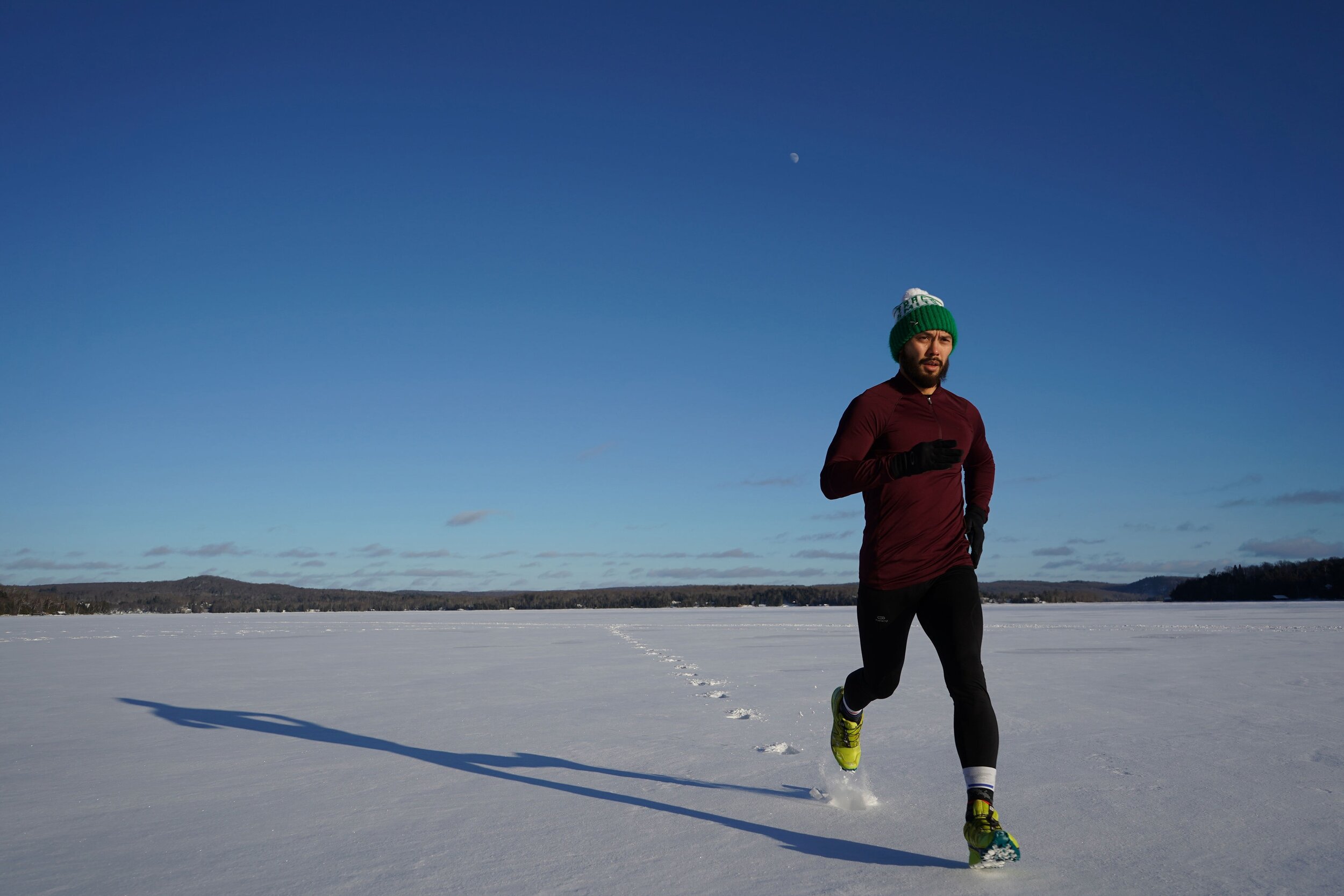Runners are no strangers to overuse injuries, often stemming from repetitive microtrauma in the lower quarter. One less common but significant complaint is buttock pain, which can impede an athlete’s training and competition.
In this blog, we’ll delve into the intricacies of hamstring-related issues in runners. Both Hamstring Syndrome and Hamstring Tendinopathy can cause that distinctive buttock pain that puts a stop to even the most conservative training plans.
Hamstring Anatomy
The hamstrings, originating from the sit bone at the base of the pelvis, extend along the back of the thigh, inserting into the knee joint. As a two-joint muscle, they play a crucial role in hip extension, knee flexion, and control motions during lengthening contractions. With runners averaging 1,000-2,000 steps per mile, the repetitive forces incurred contribute to common overuse patterns in the hamstring and buttock region.
Distinguishing Hamstring Syndrome from Hamstring Tendinopathy
Hamstring Syndrome
- Origin: Irritation of the sciatic nerve near the biceps femoris hamstring muscle’s origin at the sit bone.
- Symptoms: Gradual onset, exacerbated by prolonged stretching and worsened with hamstring stretching due to neural symptoms.
- Clinical Examination: Pain with resisted knee bending and passive hamstring stretching, while resisted hip extension on the stomach is often pain-free.
Treatment for Hamstring Syndrome
- Physical Therapy: Collaborate with a professional for activity/load management, implement a wedge for sitting, and engage in manual therapy for the lower quarter.
- Exercise Focus: Prioritize neural flossing exercises over hamstring stretching and incorporate hip extension/gluteus maximus and hamstring strengthening.
Hamstring Tendinopathy
- Origin: Repetitive microtraumas at the hamstring’s origin on the sit bone.
- Symptoms: Pain along the buttock, centered at the sit bone, with pain during hamstring resistive testing in various positions.
- Clinical Examination: Pain is elicited in sitting and lying on the stomach during hamstring resistive testing.
Treatment for Hamstring Tendinopathy
- Comprehensive Strategies: Employ activity/load management, running gait retraining, and manual therapy for the lower quarter.
- Strengthening Emphasis: Concentric and eccentric strengthening of the hamstring and gluteal muscles.
Whether facing Hamstring Syndrome or Hamstring Tendinopathy, seeking professional guidance is paramount. Mend Colorado has Boulder and Lafayette physical therapy clinics, where our dedicated team tailors treatment plans to address individual needs. We emphasize a holistic approach, incorporating activity management, manual therapy, and targeted exercises to facilitate recovery.
We also aim to help patients avoid future issues with various preventive measures and lifestyle adjustments, including the following:
Preventive Measures
- Implement strategies to manage activity loads, preventing the recurrence of microtraumas.
- Embrace running gait retraining to optimize biomechanics and reduce strain on the hamstrings.
Lifestyle Adjustments
- Consider incorporating neural flossing exercises into your routine to maintain flexibility and prevent neural irritation.
- Prioritize hamstring and gluteal strengthening exercises for sustained lower quarter health.
Ready to overcome a runner’s hamstring injury and optimize your performance? Visit Mend Colorado for physical therapy in Boulder or Lafayette. Let our expert team create a custom plan to address your unique needs, guiding you toward a pain-free and enhanced running experience. Your journey to resilient running starts with Mend Colorado. Make an appointment today!

